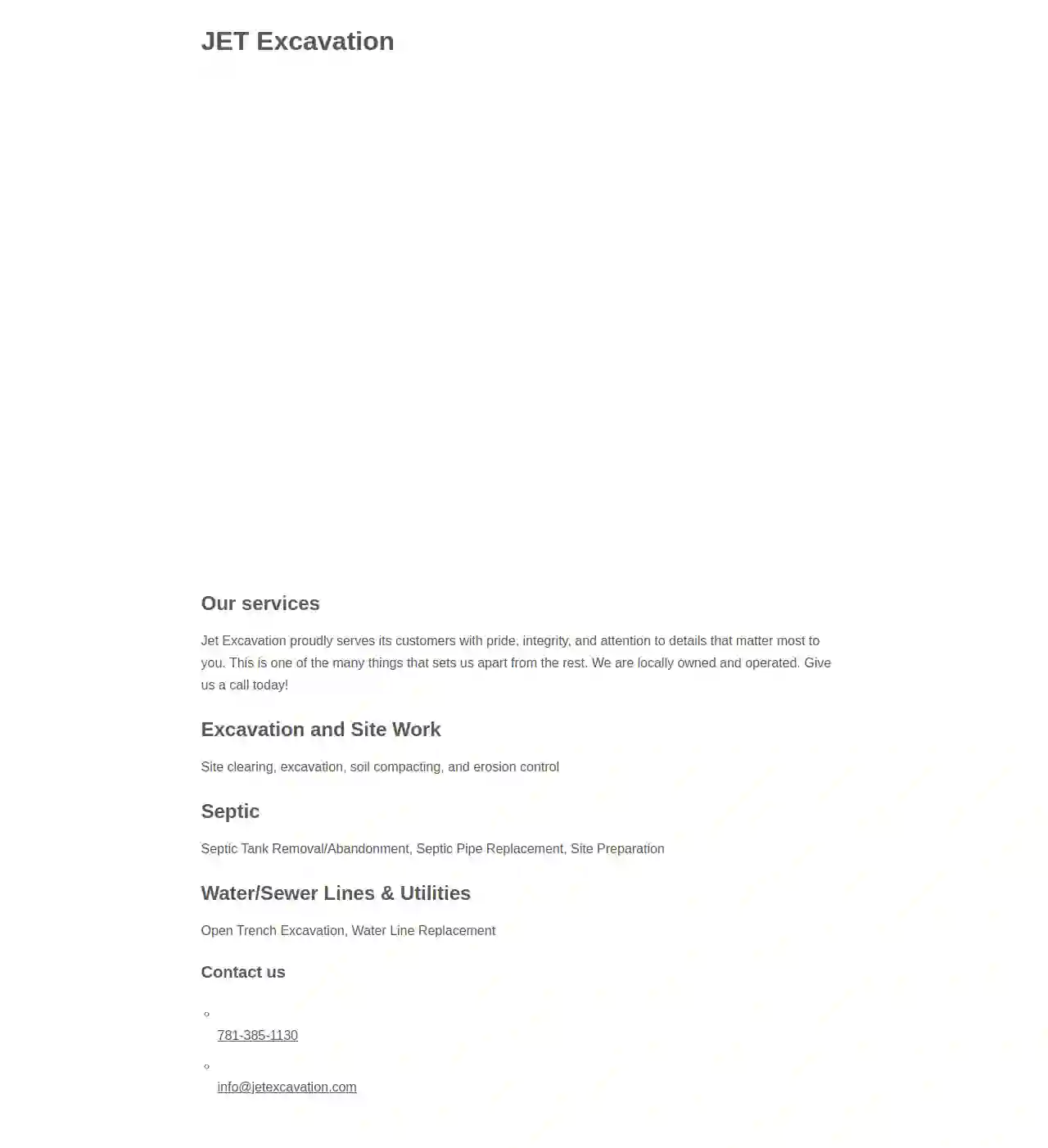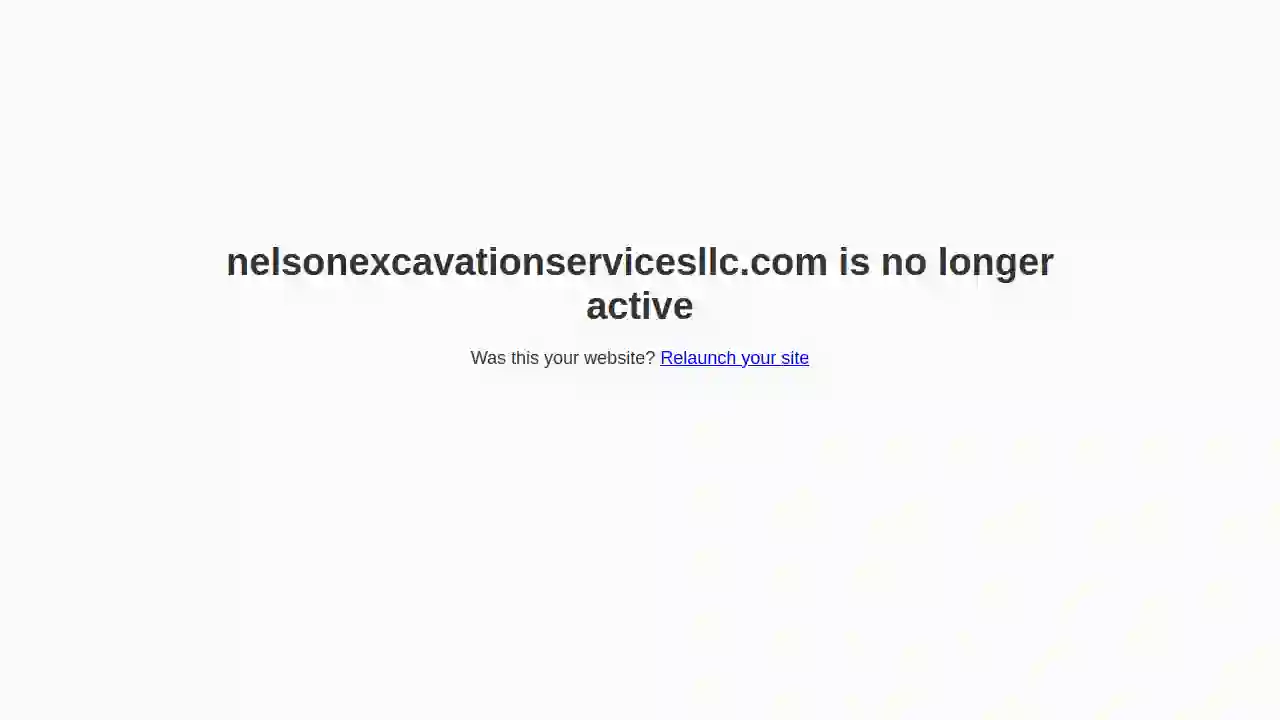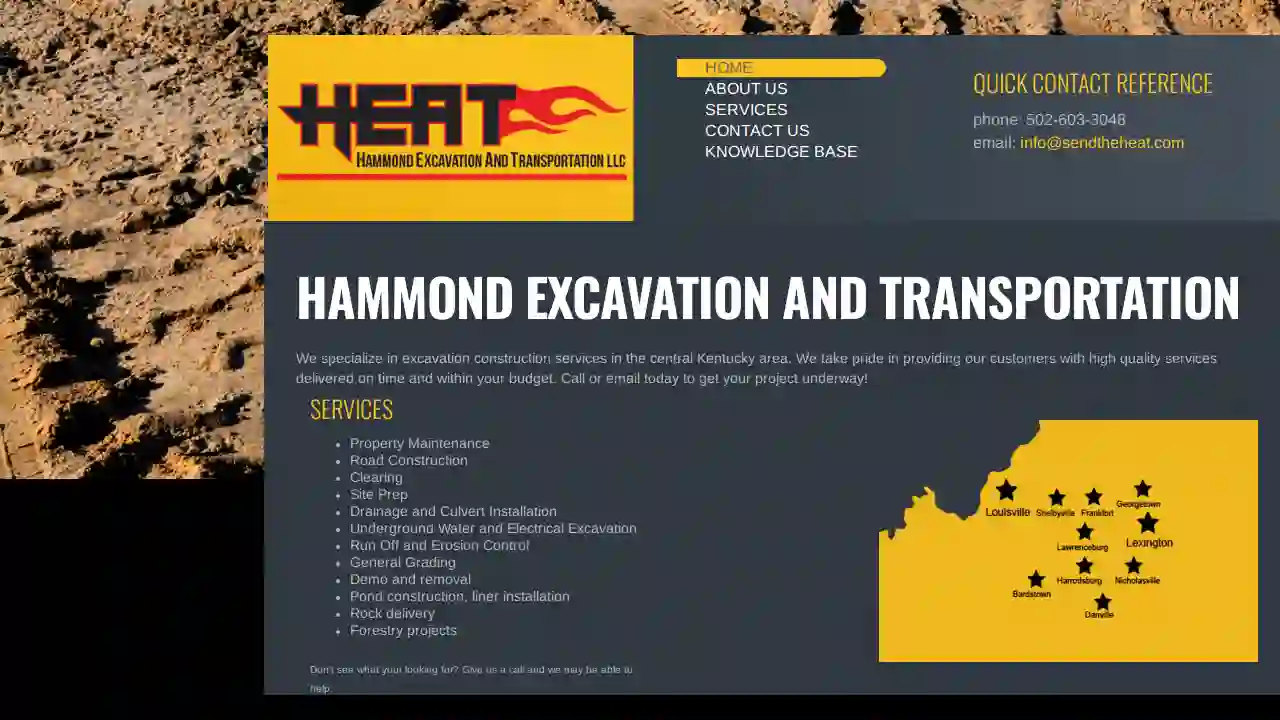Asbestos Removal Contractors Lexington
Best Asbestos Removal in Lexington
Receive multiple Asbestos Abatement quotes for your project today! Compare profiles, reviews, accreditations, portfolio, etc... and choose the best offer.

Stewart Contracting
2.58 reviewsLexington, USWelcome to Stewart Contracting! Stewart Contracting is here to build for you. We offer free quotes and specialize in Barn Building in Lexington, Paris, Versailles and all over Central Kentucky. Our crew is trained to work around your horses and understand safety first when it comes to your horses. References available! RESIDENTIAL or COMMERCIAL Paris, Lexington, Georgetown, Versailles, Nicholasville, Lancaster, Danville and Lexington call Ken 859-621-9011 / FREE QUOTES AVAILABLE Your Central Kentucky General Contractor should be someone who: Has a thorough knowledge and understanding of the coordination and scheduling issues of your construction project Gets things done ON TIME and ON BUDGET Has a team of professionals who works with him to achieve Total Client Satisfaction Has 30 years of experience in Central Kentucky as a General Contractor and hundreds of satisfied customers Takes pride in producing structures that are sound in construction, highly crafted and exquisitely finished Is fully licensed and insured Guarantees their work Works within your Budget Provides Clean, Trustworthy and Dependable Employees Stewart Contracting is proud to be able to say we are this kind of Central Kentucky General Contractor. We are committed to saving you money during the design phase of your project until completion. We are ready to work on all types of buildings, including equine buildings, residential homes and commercial buildings. Our work can include land leveling through the final landscaped finishes. General Contracting for the Equine Industry is our specialty. Our corporate mission is TOTAL client satisfaction by achieving the construction objectives of: quality, on time delivery and staying within the budgets set within every project. This approach ensures that the finished project will compliment the character and the identity of the owner by making a visual statement of design and project criteria.
- Services
- Why Us?
- Gallery
Get Quote
Sanctuary Forestry Mulching
51 reviews4200 Nutmeg Drive, Lexington, 40513, USWho We Are Looking for a reliable and experienced land clearing and forestry mulching business in Kentucky? Look no further! Our company serves the state of Kentucky, providing top-quality services to both residential and commercial clients. We specialize in all aspects of land clearing, from small backyards to large commercial lots. Our team is equipped with industry-leading equipment and machinery, ensuring efficient and timely completion of projects. With our expertise, we are able to clear land without damaging the surrounding trees or vegetation. No matter the size or scope of your land clearing or forestry mulching project, we have the resources and expertise to get it done efficiently and effectively. Contact us today for a free consultation and see why we are the go-to land clearing and forestry mulching business in Kentucky! About Us Our company has been serving the state of Kentucky for many years, providing top-quality services to both residential and commercial clients. We specialize in all aspects of land clearing, from small backyards to large commercial lots. Our team is equipped with industry-leading equipment and machinery, ensuring efficient and timely completion of projects. With our expertise, we are able to clear land without damaging the surrounding trees or vegetation. No matter the size or scope of your land clearing or forestry mulching project, we have the resources and expertise to get it done efficiently and effectively. Contact us today for a free consultation and see why we are the go-to land clearing and forestry mulching business in Kentucky! Our Values We believe in treating others with respect and dignity, taking pride in a job well done, and communicating honestly, authentically, and clearly.
- Services
- Why Us?
- Gallery
Get Quote
JET Excavation
53 reviewsLexington, USJET Excavation: Your Trusted Partner for Excavation and Site Work JET Excavation is a locally owned and operated company dedicated to providing exceptional excavation and site work services to both commercial and residential clients in the area. We take pride in our work, ensuring integrity and attention to detail in every project. Our commitment to customer satisfaction sets us apart, and we strive to exceed expectations with every job. We understand that your project is unique, and we work closely with you to ensure your vision is realized. From site clearing and excavation to soil compacting and erosion control, we handle all aspects of your project with expertise and efficiency. Contact us today to discuss your project needs and let us demonstrate why JET Excavation is the right choice for you.
- Services
- Why Us?
- Gallery
Get Quote
Nelson Excavation Services LLC
55 reviewsLexington, USWe are sorry, but the website you are trying to access is no longer active. If this was your website, you can relaunch it by following the provided instructions.
- Services
- Why Us?
Get Quote
Bristol Group, LLC
4.225 reviewsLexington, US- Services
- Why Us?
Get Quote
HEAT LLC - Excavation Services
53 reviewsLexington, US- Services
- Why Us?
Get Quote- Mo
Morrison Excavation & Land Improvement LLC
3.97 reviewsLexington, US- Services
- Why Us?
- Gallery
Get Quote 
River Valley Excavating & Grading
54 reviewsLexington, US- Services
- Why Us?
Get Quote- Re
Restorations Home Services
51 reviewsLexington, US- Services
- Why Us?
- Gallery
Get Quote
Over 3,943+ Excavation Businesses on our platform
Our excavation pros operate in Lexington and surrounding areas!
ExcavationHQ has curated and vetted the Best Excavation Contractors in Lexington. Find a trustworthy pro today.
Frequently Asked Questions about Asbestos Removal
- Chrysotile (white asbestos):
- Amosite (brown asbestos):
- Crocidolite (blue asbestos):
- Anthophyllite:
- Tremolite:
- Actinolite:
- Lung Cancer:
- Mesothelioma:
- Asbestosis:
- Pleural Plaques:
- Pleural Thickening:
- Pleural Effusion:
- Insulation:
- Flooring tiles and adhesives:
- Roofing materials:
- Textured paints and coatings:
- Ceiling tiles:
- Pipe wrap and insulation:
- Fireproofing materials:
- Siding:
What are the different types of asbestos?
What are the health effects of asbestos exposure?
How much does asbestos removal cost?
What are some common places where asbestos can be found in a building?
What are the different types of asbestos?
- Chrysotile (white asbestos):
- Amosite (brown asbestos):
- Crocidolite (blue asbestos):
- Anthophyllite:
- Tremolite:
- Actinolite:
What are the health effects of asbestos exposure?
- Lung Cancer:
- Mesothelioma:
- Asbestosis:
- Pleural Plaques:
- Pleural Thickening:
- Pleural Effusion:
How much does asbestos removal cost?
What are some common places where asbestos can be found in a building?
- Insulation:
- Flooring tiles and adhesives:
- Roofing materials:
- Textured paints and coatings:
- Ceiling tiles:
- Pipe wrap and insulation:
- Fireproofing materials:
- Siding: